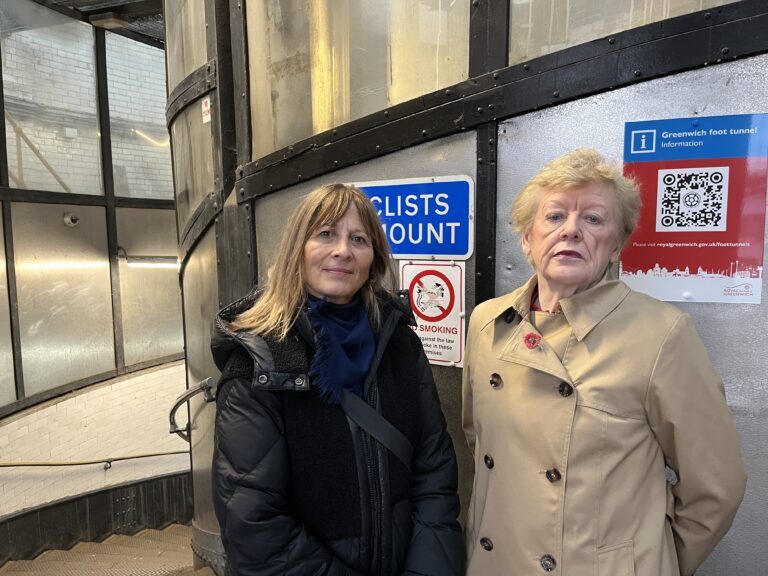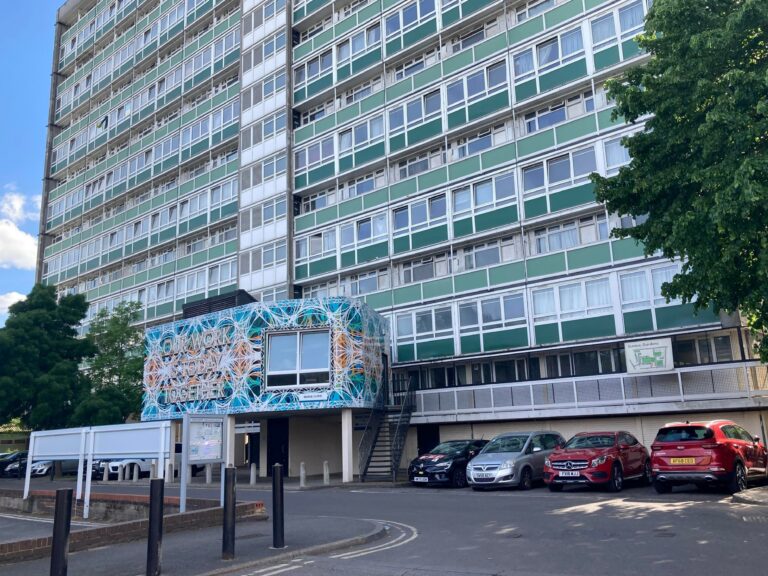A London council has proposed powering more than 3,300 homes using thermal batteries with energy from a waste plant 17 miles away.
Westminster City confirmed it is currently trialling the batteries on a small number of homes linked up to the District Heating Undertaking (PDHU) system but could not say what type of energy was being used.
The technology involves ferrying thermal batteries pumped full of energy from Riverside I & II waste plants in Bexley along the River Thames to the PDHU in Pimlico.
The current trial does not include the use of barges, the council has said.
But a proposal before the climate action, environment and highways policy and scrutiny committee suggests two large barges holding 40 20ft shipping container batteries could be used to transport the thermal batteries from Bexley. The barges would swap places regularly between a charging point at Riverside I & II energy-from-waste plant to the discharging unit at the PDHU.
The batteries would remain on the barges with a short pipe-run jetty transporting the heat. During the winter peaks, these barges are expected to deliver 240MWh of heat a day, according to the council, which also suggested pricing for this was competitive.
The PDHU currently provides heating and hot water to 3,306 homes and 50 commercial properties in Pimlico and is in desperate need of an upgrade, the council said in a recent report.
Westminster City has outlined plans to tackle the ageing infrastructure, which was built in the 1950s and is known to have piping riddled with “persistent” leaks. It services the Churchill Gardens Estate, Lillington and Longmoore Gardens and Abbots Manor.
Among the options to modernise the PDHU is installing boilers into homes, install heat pumps collecting energy from the tide of the Thames, outsourcing to the South Westminster Area Network, which uses a variety of heat sources but could leaves customers with less control over heat tariff pricing, according to the council, and breaking up how the current network of homes receives its energy.
Accrding to the council, the cost of running the PDHU has risen from £1.3m in 2021/22 to £3m in 23/24 due to rising global energy costs and is currently being powered by natural gas boilers.
A council report read: “Due to the age of the pipework, 50 – 70 years old, leaks are a significant issue. The system design makes identifying and isolating leaks problematic resulting in significant disruption to residents through loss of heating and damage to property. In addition, the existing pipework is not energy efficient, resulting in high levels of energy loss, with a lack of control available for residents.”
The use of thermal batteries “can be rapidly integrated into PDHU” and offer a decarbonised source of heat, the report said.
It continued: “It is a novel technology when compared to heat pumps or gas boilers,” adding the council would have to enter into a 20-year commercial joint-venture to make it happen.
Westminster City is currently examining all options and is expected to pick one in September.
The PDHU was developed in the 1950s to help address poor air quality in Central London. It supplied residents in Churchill Gardens with affordable energy which came from excess heat at the nearby Battersea Power Station. This was pumped through a tunnel under the River Thames.
The network expanded over time and is now powered by three 8MW natural gas boilers which emit 16k tonnes of CO2 per annum, which equates to 39 per cent of the council’s total carbon emissions in 2021/22, according to the council.
Cabinet member for climate, ecology and culture, Ryan Jude, said: “The council is in the early stages of considering options for the future of the PDHU which is old, outdated and in need of repair. We want to work with residents to find a cost effective solution that provides affordable, efficient energy.”
Photo: Westminster City Council is trailing a programme to power more than 3,000 homes using energy ferried 17 miles along the Thames. Credit: Westminster City






